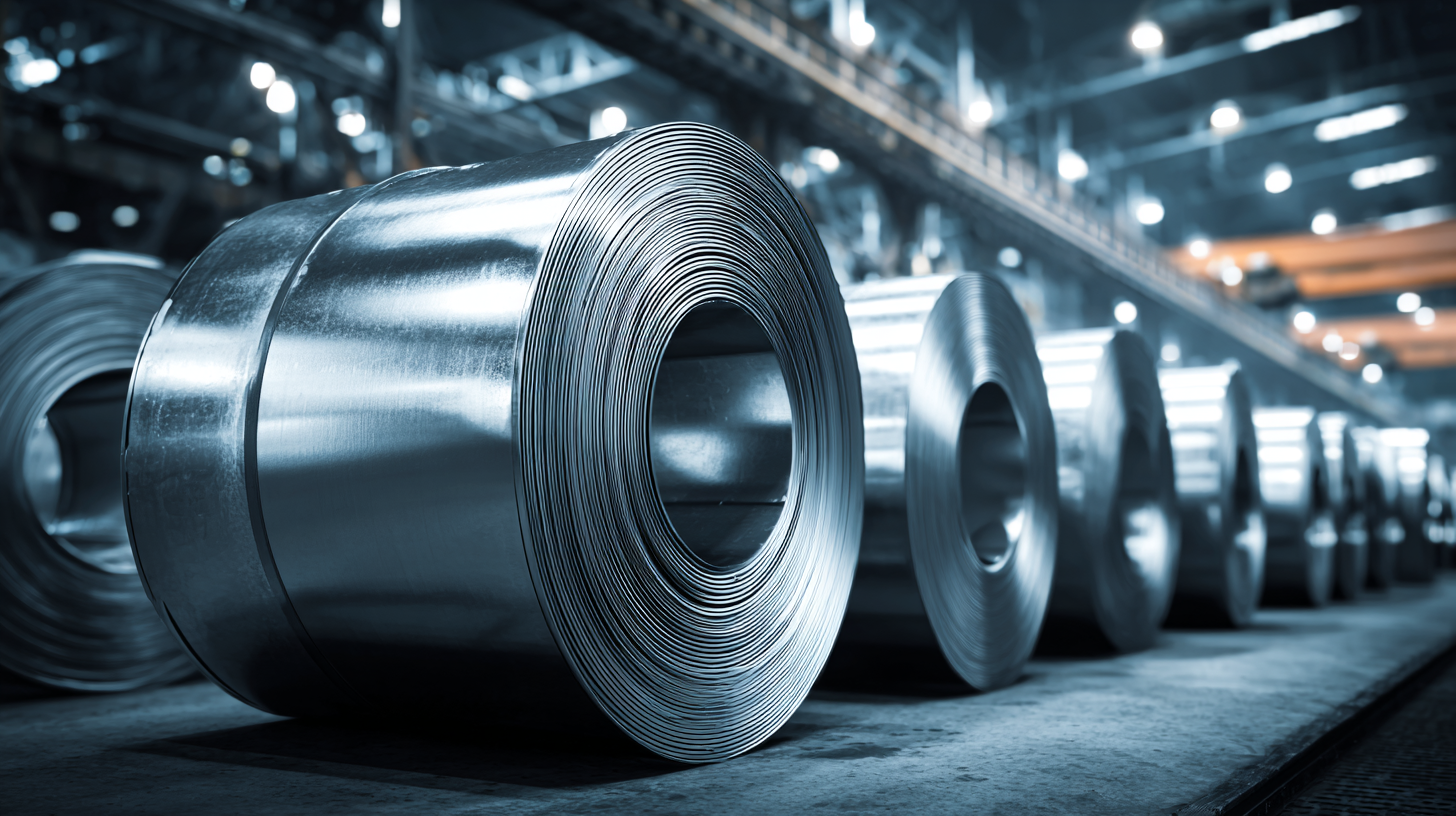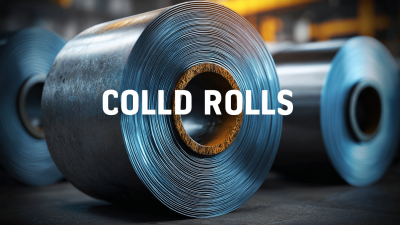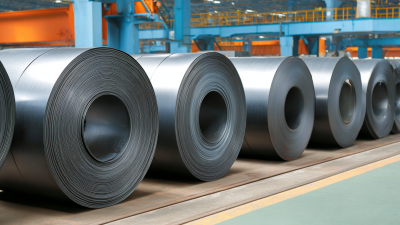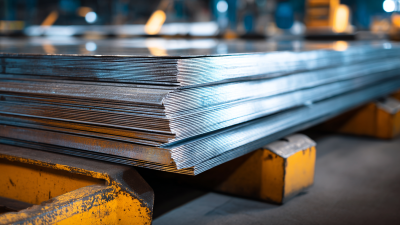Choosing the right materials for manufacturing is crucial, and one essential component that often plays a vital role in various industries is Cold Rolled Coils. These coils are not only known for their superior surface finish and dimensional accuracy but also for their enhanced mechanical properties compared to hot-rolled alternatives. However, with a multitude of options available on the market, selecting the best Cold Rolled Coils tailored to your specific manufacturing needs can be a daunting task. This blog aims to guide you through the critical factors to consider, including material grade, thickness, and surface treatment, ensuring that you make an informed decision that enhances both the efficiency and quality of your production process. Whether you are in the automotive, construction, or appliance manufacturing sector, understanding how to choose the right Cold Rolled Coils will significantly impact the overall success of your projects.
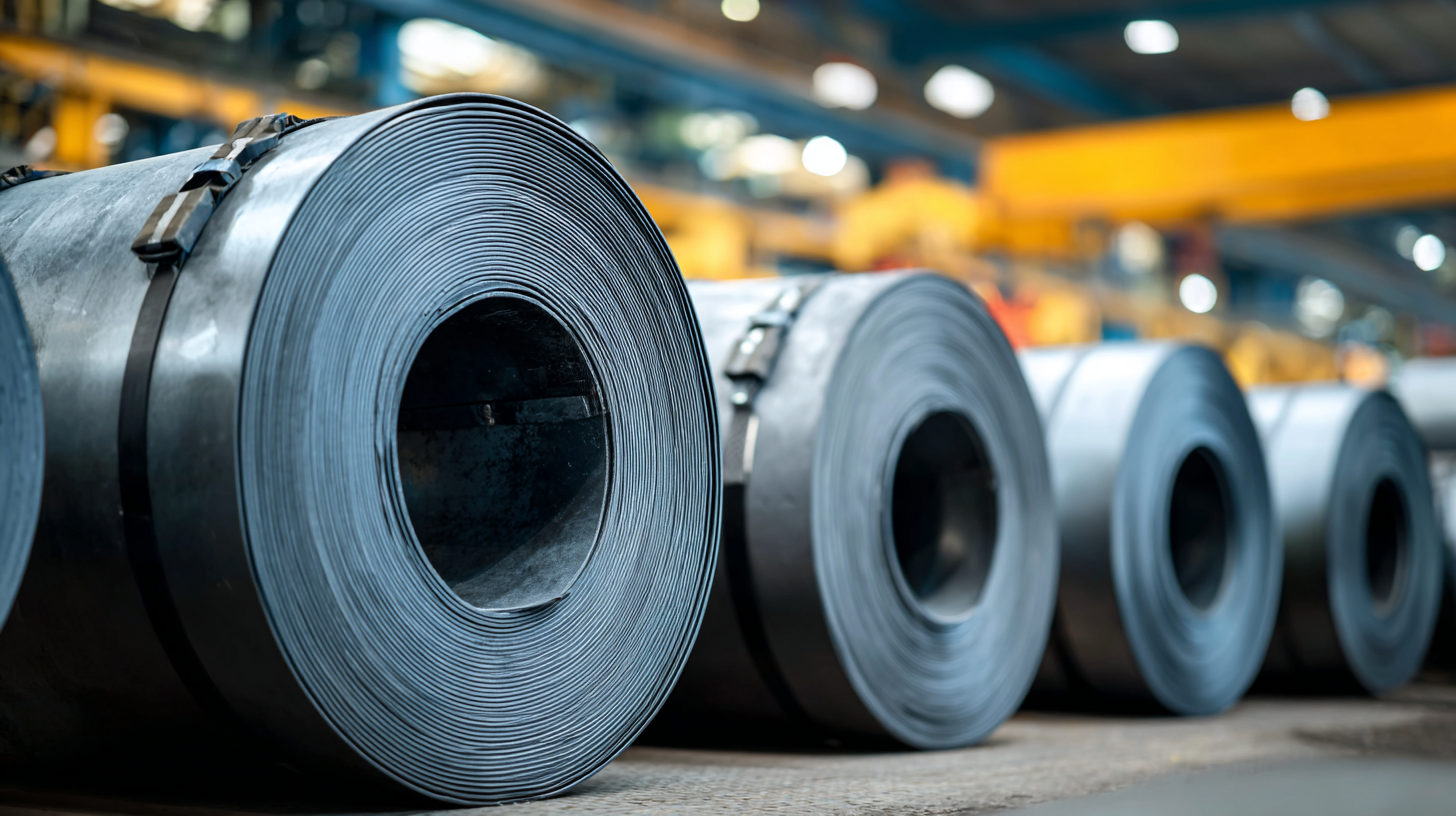
When selecting the appropriate cold rolled coils for manufacturing, it is essential to understand the different types available and their unique applications. Cold rolled coils are classified based on various factors, including thickness, width, and the specific steel grade used. For instance, low-carbon steel coils are popular for automotive parts and appliances due to their excellent ductility and weldability. On the other hand, high-strength steel coils are favored in construction and structural applications for their superior tensile strength and durability.
Additionally, specialized cold rolled coils, such as stainless steel and coated options, expand the range of applications. Stainless steel coils are ideal for environments where corrosion resistance is essential, such as in kitchen equipment and medical devices. Coated cold rolled coils, which may be galvanized or painted, offer enhanced protection against rust and other forms of degradation, making them suitable for outdoor applications, including roofing and siding. By understanding these different types and their respective uses, manufacturers can make informed decisions that align with their production requirements and enhance the overall quality of their products.
When selecting cold rolled coils for your manufacturing needs, several key specifications must be considered to ensure optimum performance. The thickness of the coil is one of the most crucial factors, as it directly impacts the strength and durability of the final product. For instance, thicker coils tend to provide better tensile strength, making them suitable for heavy-duty applications. Conversely, thinner coils are often preferred for applications requiring enhanced flexibility and formability.
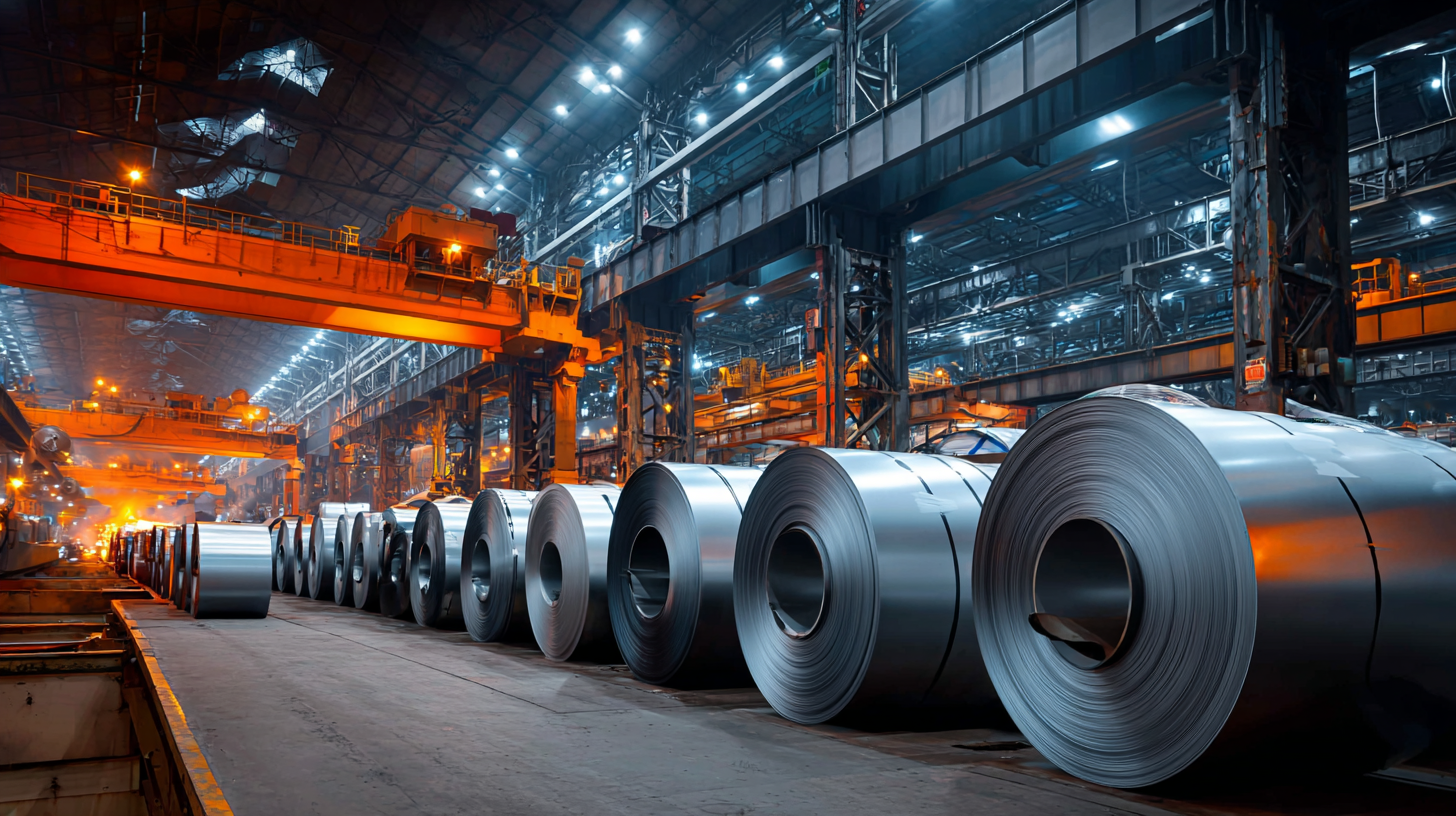
Another vital specification to examine is the surface finish of the cold rolled coils. Different processes yield varying finishes, such as bright, matt, or even textured surfaces. These finishes not only affect the aesthetic quality of the manufactured items but can also influence properties like corrosion resistance and adhesion for further processing. Additionally, understanding the material grade is essential, as different grades of steel possess unique characteristics such as hardness, machinability, and weldability, ensuring that the selected coil aligns with specific manufacturing requirements.
When selecting cold rolled coils for manufacturing, understanding the industry standards and certifications is crucial to ensuring quality and compliance. The American Iron and Steel Institute (AISI) outlines strict specifications for cold rolled steel, which must be met to guarantee performance in diverse applications. For instance, AISI Grade 1008 and 1010 are popular choices due to their excellent formability and weldability, essential attributes for automotive and appliance manufacturing.
Furthermore, certifications such as ISO 9001 play a vital role in identifying reliable suppliers of cold rolled coils. According to a report by the World Steel Association, steel produced in compliance with ISO standards often demonstrates up to 20% better reliability and durability in application. Manufacturers should look for these certifications, as they reflect a commitment to quality management and continuous improvement, ensuring that the cold rolled coils meet both national and international safety standards. Additionally, compliance with ASTM International standards, such as ASTM A1008, ensures that the coils can withstand specific mechanical properties, making them suitable for critical applications in various industries.
When selecting cold rolled coils for manufacturing, cost-effectiveness is a crucial factor that can significantly impact your bottom line. Price variations in cold rolled coils can arise from several factors, including the quality of the steel, the manufacturing process, and market demand. For manufacturers, understanding these price fluctuations can lead to more informed purchasing decisions, ultimately saving money and aligning with production budgets.
Comparing suppliers is essential in the cost analysis process. Different manufacturers may offer varying prices for similar products, often influenced by their production capabilities and economies of scale. It's important to request quotes from multiple sources and consider additional factors, such as shipping costs and potential discounts for bulk purchases. Furthermore, while it can be tempting to go for the lowest price, assessing the overall quality and reliability of the coils is equally vital, as subpar materials can lead to increased waste and higher costs down the line.
The future of cold rolled coil manufacturing is poised for transformative change, driven by advancements in material innovations and emerging industry trends. According to a recent report by Smithers Pira, the market for cold rolled steel is expected to grow at a CAGR of 4.5% from 2023 to 2028, fueled by its increasing application in automotive and construction sectors. As manufacturers face heightened demand for lightweight yet high-strength materials, new alloys and composite techniques are taking center stage, allowing for enhanced performance without significant weight increases.
Tips for manufacturers considering cold rolled coils include keeping an eye on evolving alloy compositions that provide better corrosion resistance and improved mechanical properties. Additionally, adopting digital manufacturing technologies, such as AI-driven analytics and IoT integration, can optimize production processes and reduce waste—a critical factor as sustainability becomes a central theme in modern manufacturing. As companies pivot toward eco-friendly practices, exploring recyclable materials in cold rolled coil production can also offer a competitive edge in the market.
Furthermore, innovations in surface treatment technologies are likely to gain momentum. Techniques like electrogalvanization and high-performance coatings not only improve product durability but also enhance aesthetic appeal, responding to the consumer demand for quality and longevity. Staying abreast of such trends will be key for manufacturers to tailor their offerings and maintain a competitive advantage in a rapidly evolving landscape.
